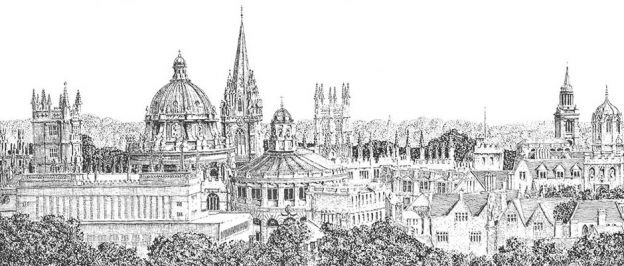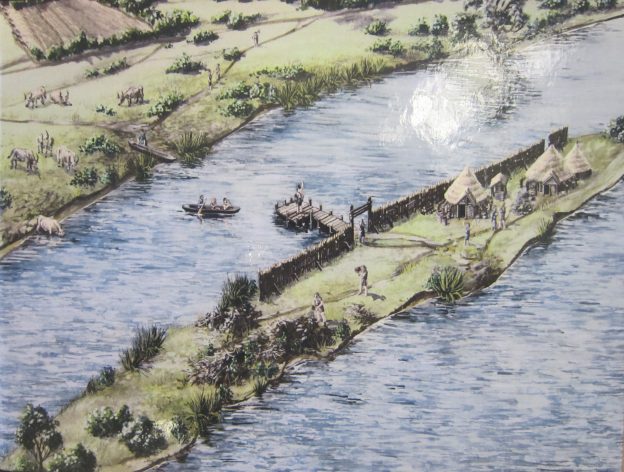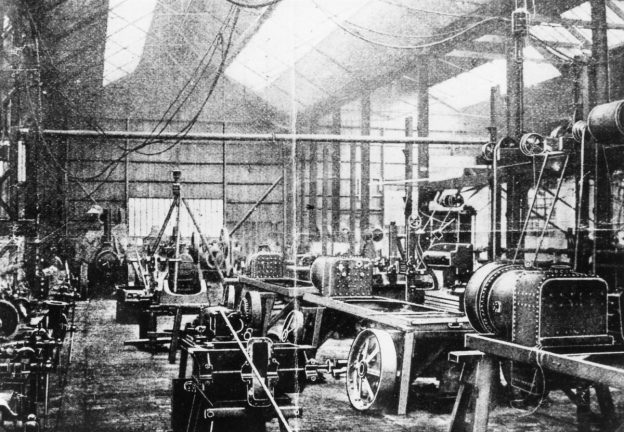On Thursday 8th February we were treated to a very interesting and entertaining talk on the History of Oxford University, by Alistair Lack. The story began in a small house on Merton Street, which was used to house students in the 13th century. The owner of the house was
able to teach them, but not much teaching, or learning, appears to have been done. But in the 1200s the Papal Legate described Oxford as a seat of learning, and the first college – University College – was founded. Thus Oxford became the first English University by date. The Sorbonne in Paris, and Bologna University are the only two older universities in Europe.
Oxford has a number of advantages as a centre of learning. It is surrounded by water, it is very close to the centre of England, it is on the river Thames – a very good route to London and the Continent, and it is close to Woodstock, where there was a royal hunting lodge, so the King was often close by. University College was founded in 1249 by William of Durham, Bishop of Rouen, to satisfy the need for a Civil Service to run the rapidly expanding English State that extended from the border with Scotland to South West France.
Balliol College was the next to be founded – by John Balliol. This college rapidly became a well-known academic centre and has remained so to this day, with many famous graduates, including Lord Curzon Viceroy of India (“a very superior person”), and Harold Macmillan.
New College was founded in 1379 by William of Wykeham Bishop of Winchester (the richest diocese in the world). The College was rich enough to create a large site on which it could accommodate students. The Bishop also founded Winchester College in Winchester, which became a source of supply of students for New College.
Lincoln College, founded in 1427 by the Bishop of Lincoln, was set up as a centre of religious orthodoxy, to counter the influence of the Lollards, a revolutionary movement looking to reform the Church. In the late 16th century under Thomas Bodley the Bodleian Library
was begun, building on the smaller Duke Humfrey’s Library. In 1610 Bodley persuaded the King to decree that a copy of every book printed in England should be sent to his library – a requirement that continues to this day.
All Souls College is a unique establishment. There are no undergraduates, and all members are automatically Fellows. The fine buildings were designed by Nicholas Hawksmoor. A famous ritual connected with the College is the Mallard Dinner, where Fellows wine and dine before setting off round the College to “Hunt the Mallard”. It is not a very frequent occurrence – once every 100 years.
Another more famous ritual occurs every May Day, when the college choristers sing Latin Hymns from the tower of Magdalen College. Mr Lack’s grandson is a member of the Choir and has sung at this event (and his younger grandson says he would also like to).
The Bear Pub is the oldest in Oxford, founded in the 1400s. Christchurch Dining Hall was used as the Hogwarts Hall in the Harry Potter films, though after the first film a mockup was used instead. Queen Victoria loved Alice in Wonderland by Lewis Carroll, whose portrait hangs in the Dining Hall. Victoria apparently asked Lewis Carroll if he would send her his next book after “Alice in Wonderland”, and he agreed, sending her his “Principles of Euclidian Geometry”.
John Radcliffe was a noted and important benefactor in Oxford. On his death he bequeathed money to build the Radcliffe Camera, which became the first Science Library in Oxford.
The Sheldonian Theatre was designed by the young Christopher Wren and financed by Gilbert Sheldon, Archbishop of Canterbury. In front there is a series of busts on pillars which are the “Terms” – gods protectors of boundaries.
The Clarendon Building, built by Hawksmoor, once housed the printing presses of the Oxford University Press (OUP). The OUP moved in the 1820s to Walton Street, and became the largest
publishing house in the world.
The Natural History Museum was built in the 1840s, and was the venue for the famous debate on “Evolution” – between Thomas Huxley and Samuel Wilberforce (Soapy Sam). It is also the home for many Swifts who each year, after migrating back to Oxford make their nest in the museum tower.
In about 1680 Elias Ashmole donated his Cabinet of Curiosities to the new museum in Broad Street, which soon migrated to the present building in Beaumont Street and became the Ashmolean Museum – the first public museum in the world.
Oxford has fostered 50 Nobel Prize winners. It also has more religious buildings than anywhere else in England. Oxford was the venue for the breaking of the 4-minute mile in 1954 by Roger Banister, assisted by Chris Chataway and Chris Brasher. The first women’s college, Somerville College, was founded in 1879. Famous women graduates include Dorothy Hodgkin, Nobel Prize
winner in Chemistry, and Margaret Thatcher. The first female head of a former male Oxford College was Marilyn Butler. Women were allowed to take an Oxford degree after World
War 1. The present Vice-Chancellor, number 223, is, for the first time, a woman, Louise Richardson.



